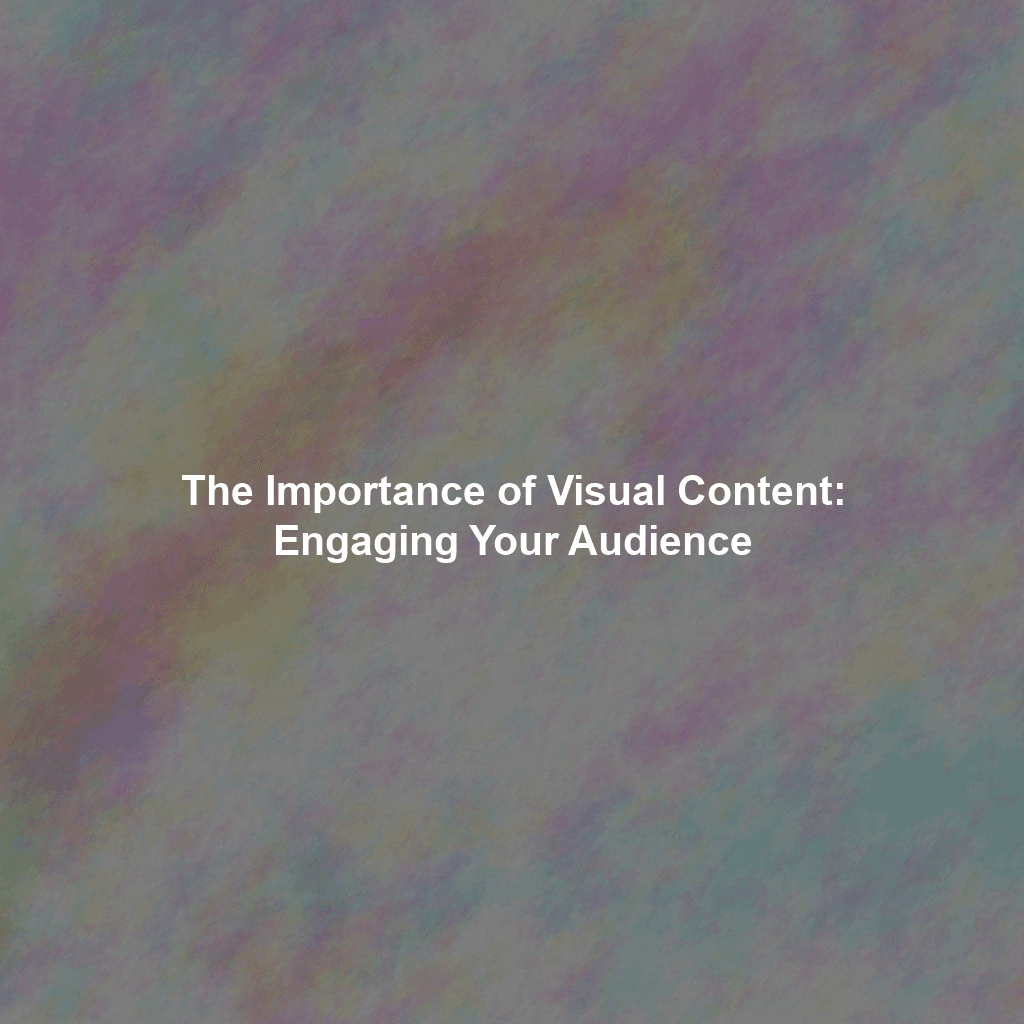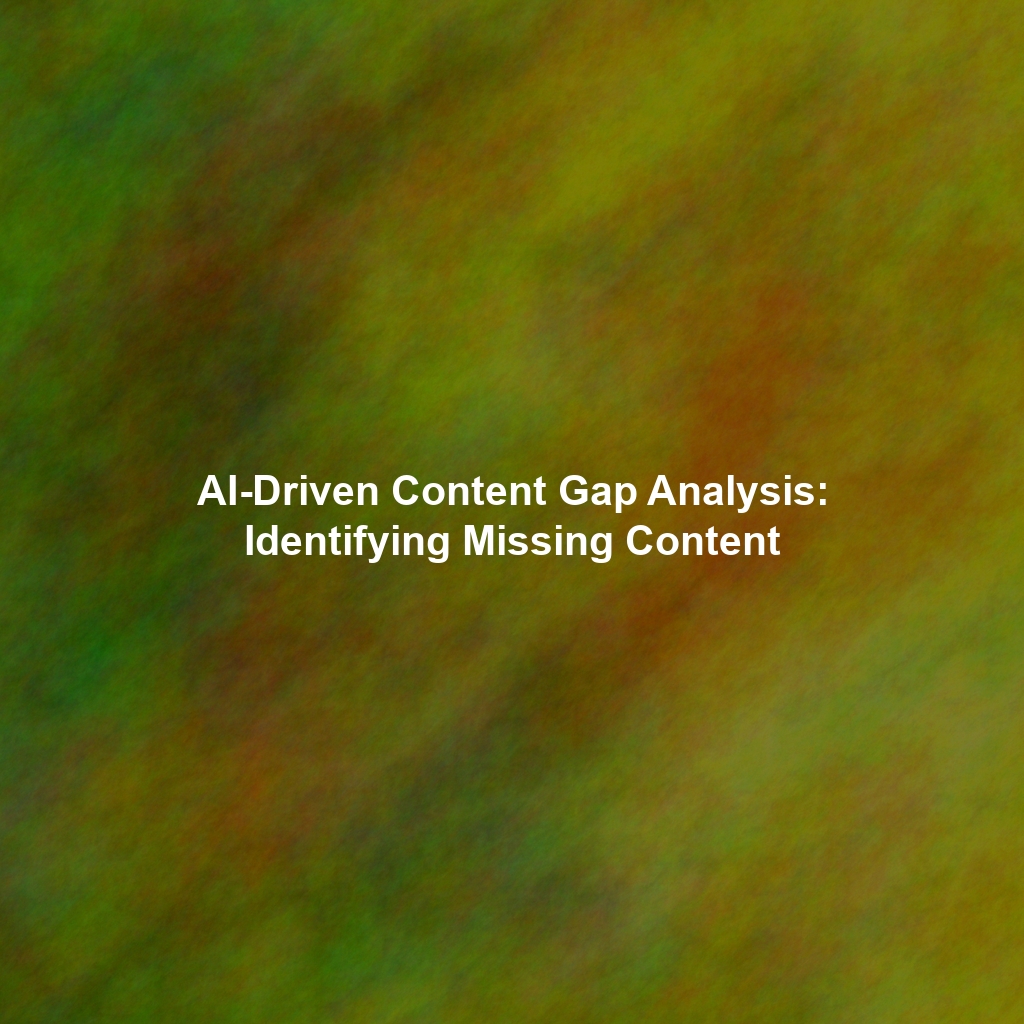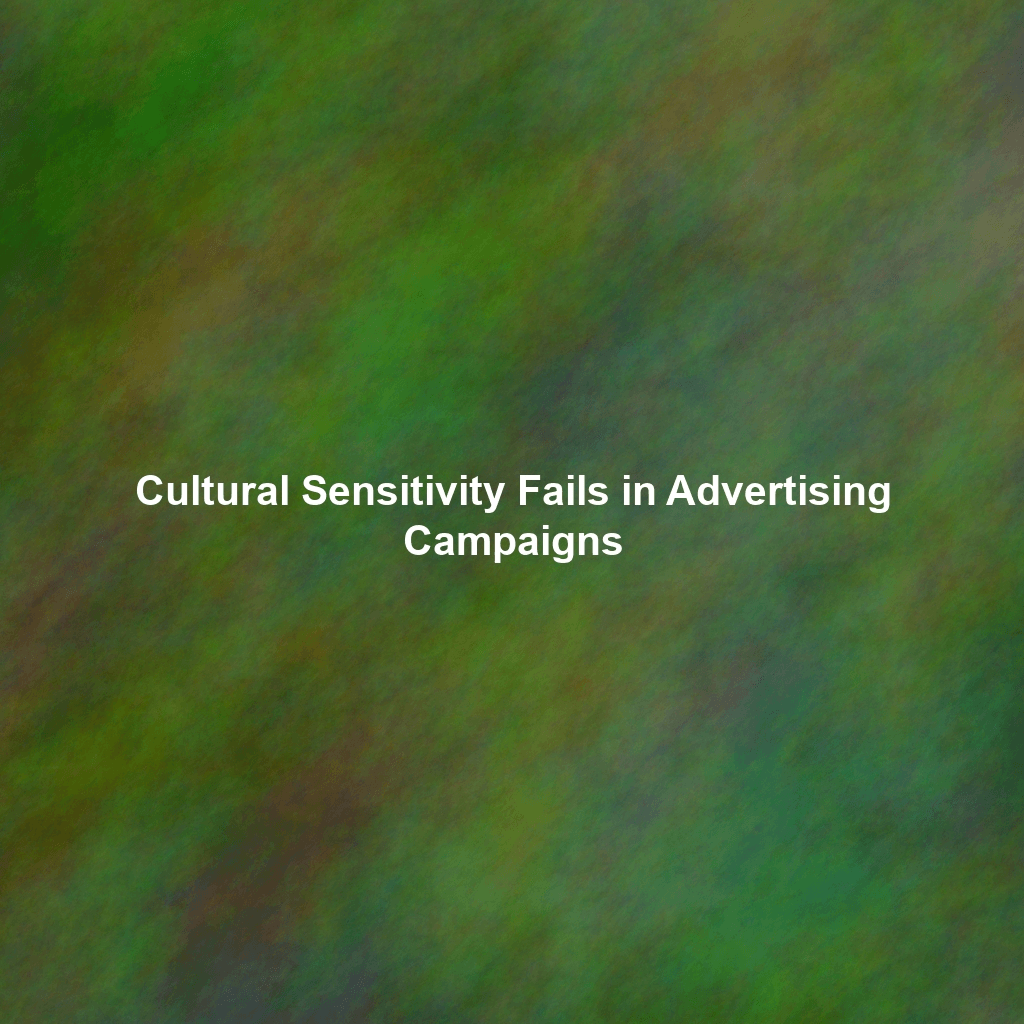Why Visual Content Matters in Marketing
The brain processes visual information 60,000 times faster than text. Think about that for a moment. In a world of shrinking attention spans, that speed gives visual content a massive advantage. But it’s not just about speed; it’s also about impact. Visuals can evoke emotions, tell stories, and simplify complex information in ways that words often can’t. Here’s a breakdown of why visual content is so vital:
- Increased Engagement: Visuals naturally draw the eye and encourage interaction. Social media posts with images and videos consistently outperform those with text alone.
- Improved Comprehension: Visuals can help explain complex topics more clearly and concisely. Think of an infographic that breaks down a difficult concept into easily digestible chunks.
- Enhanced Memory Retention: People remember visual information better than text. This means your brand and message are more likely to stick in their minds.
- Stronger Brand Identity: Consistent use of visual elements, such as logos, color palettes, and imagery, helps create a recognizable and memorable brand.
- Higher Conversion Rates: Compelling visuals can influence purchasing decisions by showcasing your products or services in an appealing way.
Types of Visual Content and How to Use Them
Images: The Foundation of Visual Marketing
High-quality images are the cornerstone of visual marketing. They can be used on websites, social media, in blog posts, and in marketing materials. When selecting images, consider the following:
- Relevance: Ensure the images are relevant to your brand and the message you’re trying to convey.
- Quality: Invest in professional-quality images or high-resolution stock photos. Avoid blurry or pixelated images.
- Originality: Whenever possible, use original photos that showcase your brand’s unique personality and offerings.
- Accessibility: Add alt text to all images for accessibility and SEO purposes.
Videos: Dynamic and Engaging Storytelling
Video content is incredibly powerful for engaging your audience. It can be used to tell stories, demonstrate products, share testimonials, and build brand awareness. Consider these video marketing strategies:
- Product Demos: Show your product in action and highlight its key features and benefits.
- Behind-the-Scenes: Give your audience a glimpse into your company culture and operations.
- Customer Testimonials: Share authentic stories from satisfied customers.
- Educational Content: Create how-to videos, tutorials, and explainer videos to educate your audience and establish your expertise.
- Live Streaming: Engage with your audience in real-time through live Q&A sessions, product launches, and events.
Infographics: Visualizing Data and Information
Infographics are a great way to present complex data and information in a visually appealing and easy-to-understand format. They can be used to:
- Summarize research findings.
- Compare and contrast different options.
- Illustrate a process or timeline.
- Share statistics and data points.
When creating infographics, focus on clear visuals, concise text, and a compelling narrative. Use colors, fonts, and icons that align with your brand identity.
Tips for Creating Effective Visual Content
- Know Your Audience: Understand what type of visual content resonates with your target audience.
- Develop a Consistent Brand Style: Use a consistent visual style across all your marketing materials to build brand recognition.
- Optimize for Different Platforms: Tailor your visual content to the specific requirements of each platform (e.g., image sizes, video formats).
- Tell a Story: Use visuals to tell a compelling story that connects with your audience on an emotional level.
- Track Your Results: Monitor the performance of your visual content to see what’s working and what’s not. Use analytics to measure engagement, reach, and conversions.
- Prioritize Accessibility: Ensure your visual content is accessible to everyone, including people with disabilities. Use alt text for images, captions for videos, and clear color contrast.
Measuring the Success of Your Visual Content
It’s crucial to track the performance of your visual content to understand what’s working and what isn’t. Key metrics to consider include:
- Engagement: Likes, shares, comments, and saves on social media.
- Website Traffic: How much traffic is driven to your website from visual content?
- Conversion Rates: How many leads or sales are generated as a result of your visual content?
- Reach and Impressions: How many people are seeing your visual content?
- Time on Page: How long are people spending on pages with visual content?
By analyzing these metrics, you can gain valuable insights into the effectiveness of your visual content and make data-driven decisions to improve your marketing efforts.
Conclusion
Visual content is no longer an optional element of a successful marketing strategy; it’s a necessity. By incorporating high-quality images, engaging videos, and informative infographics into your marketing efforts, you can capture your audience’s attention, communicate your message effectively, and ultimately drive business results. So, invest in visual content and watch your brand thrive in the visually driven digital landscape.
 Skip to content
Skip to content

